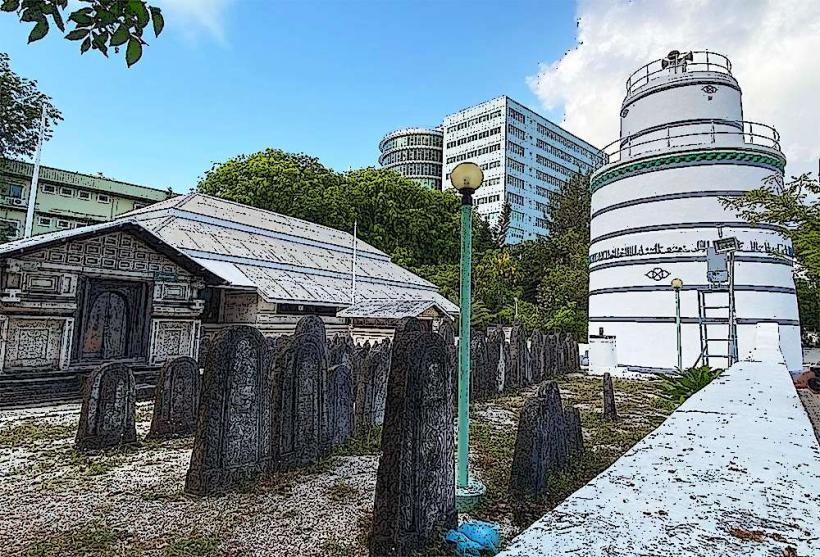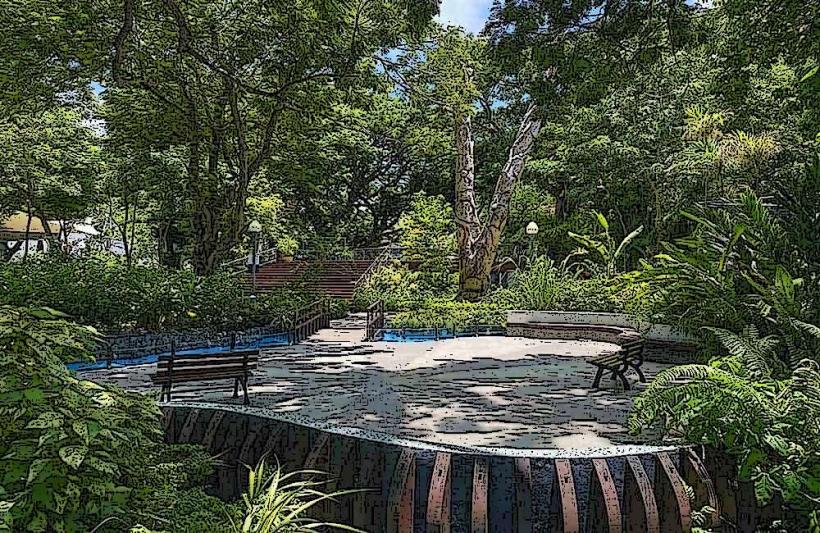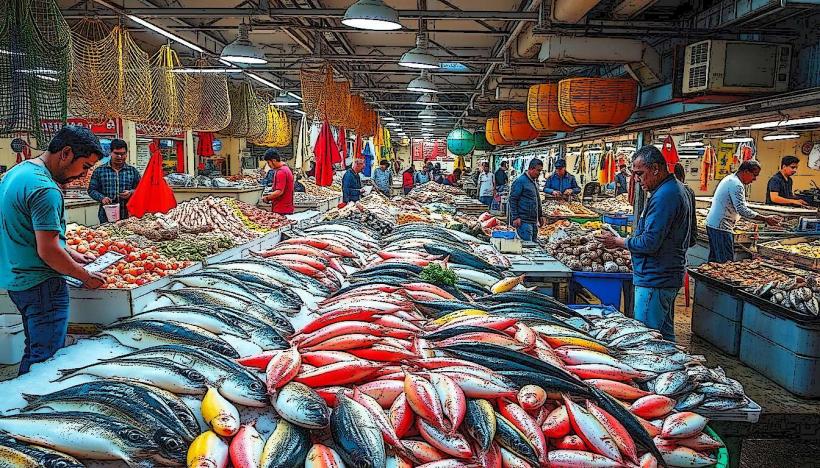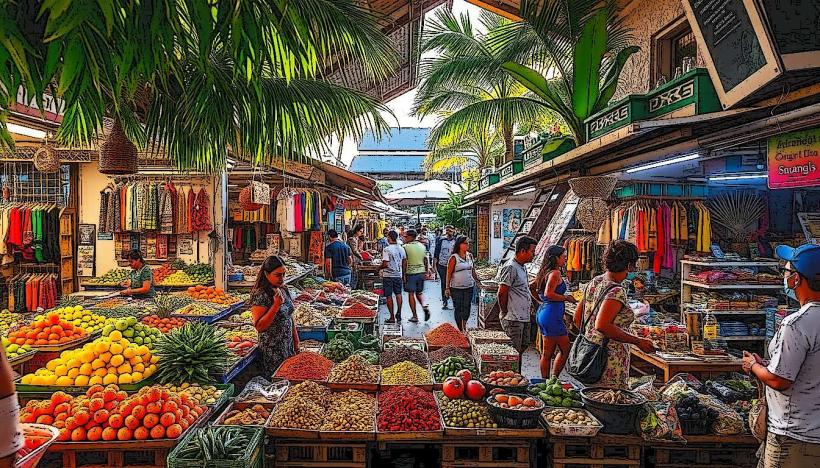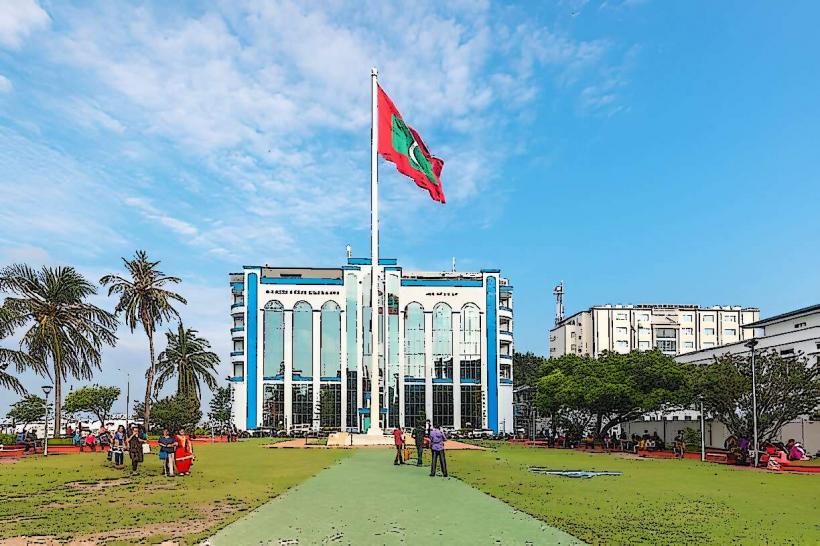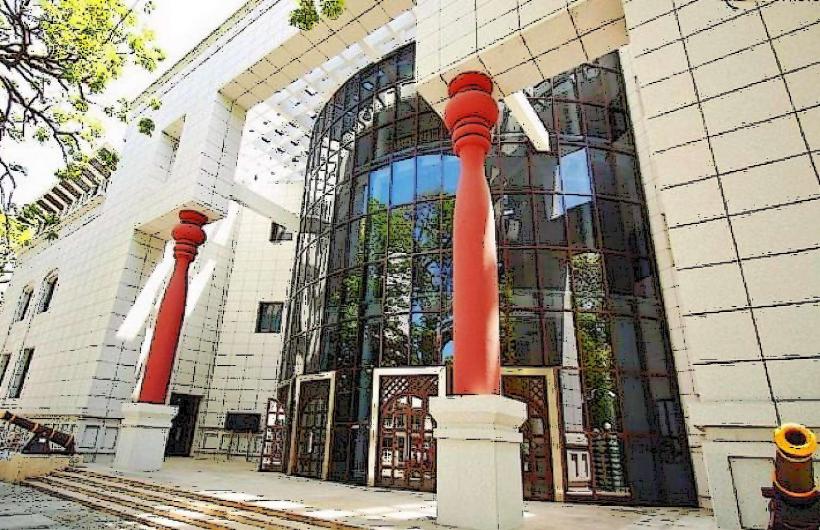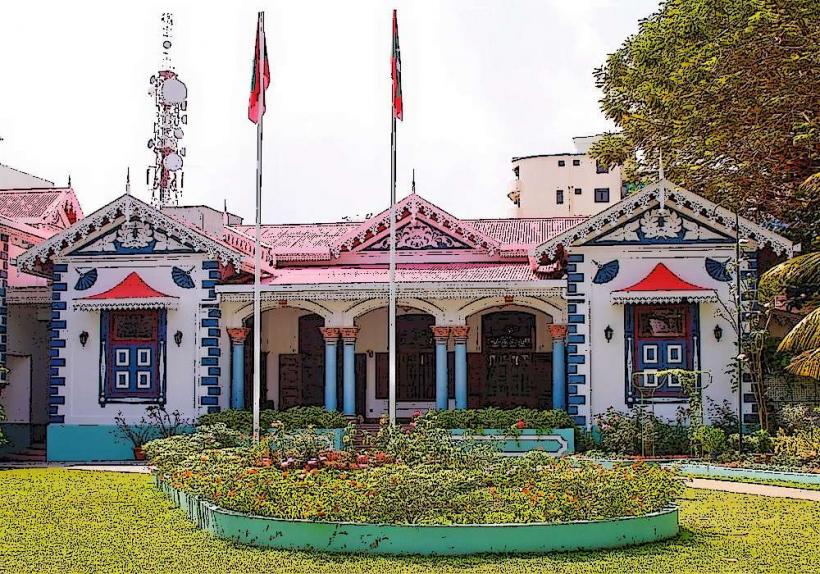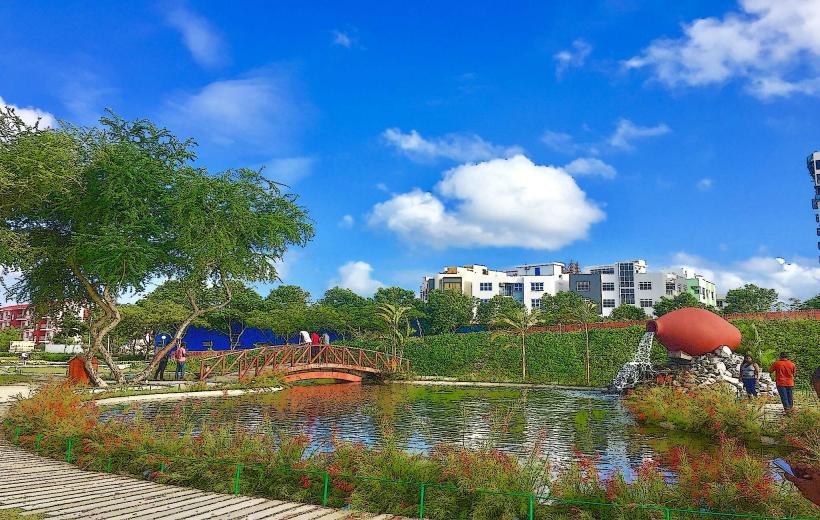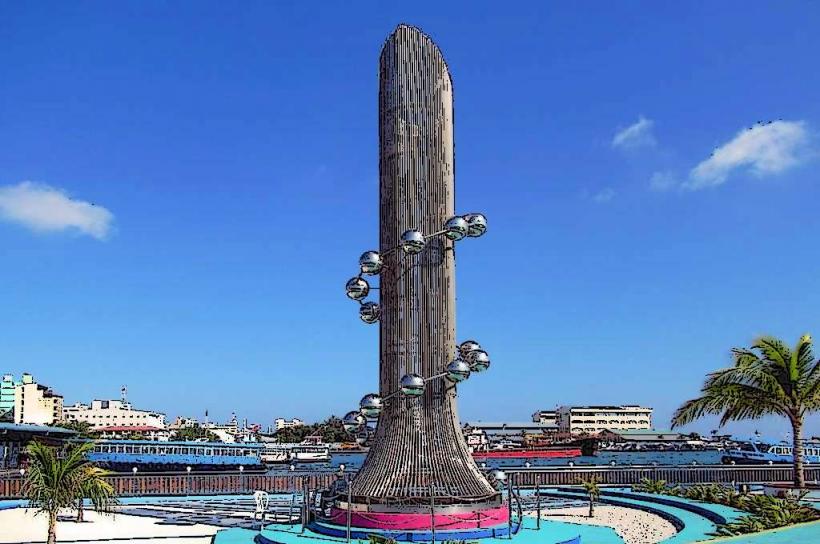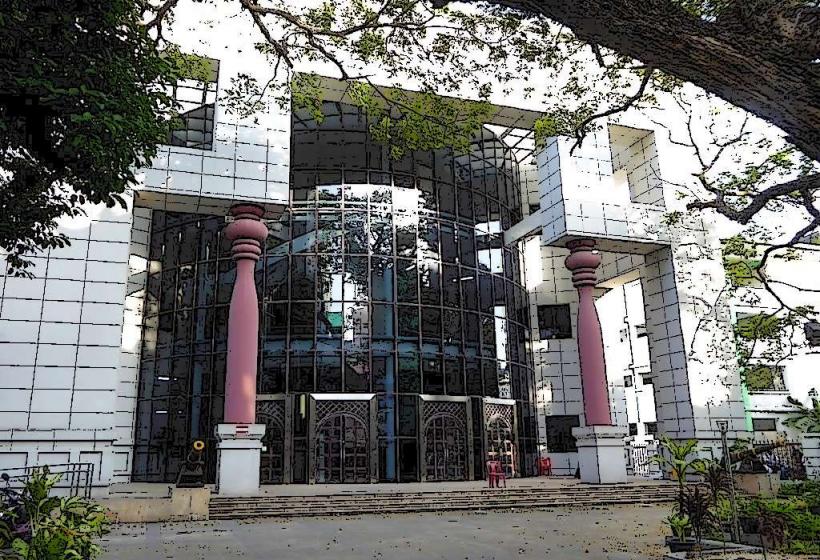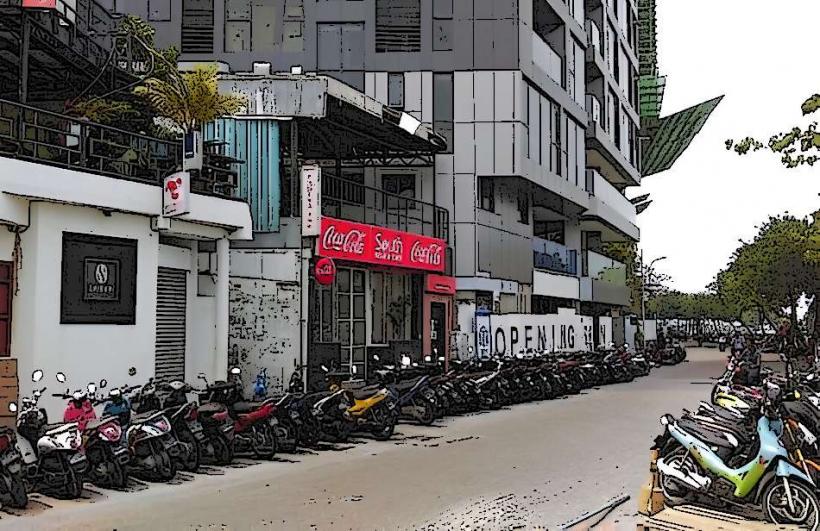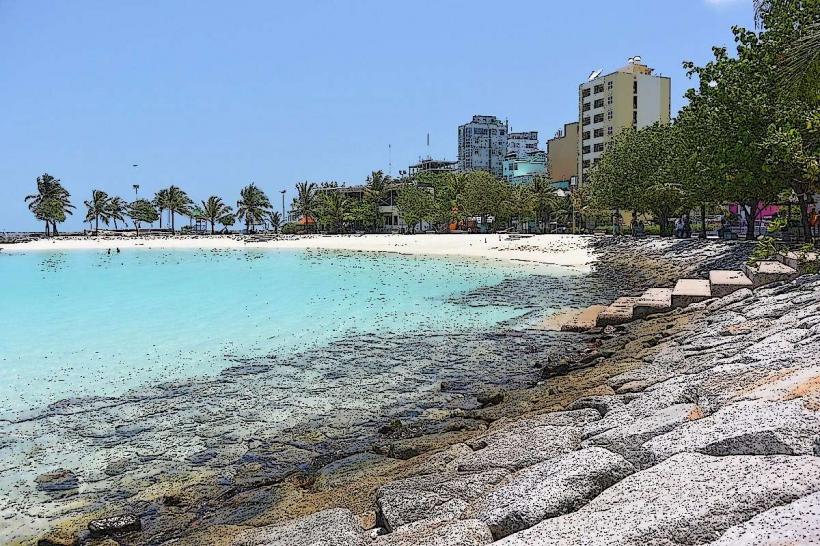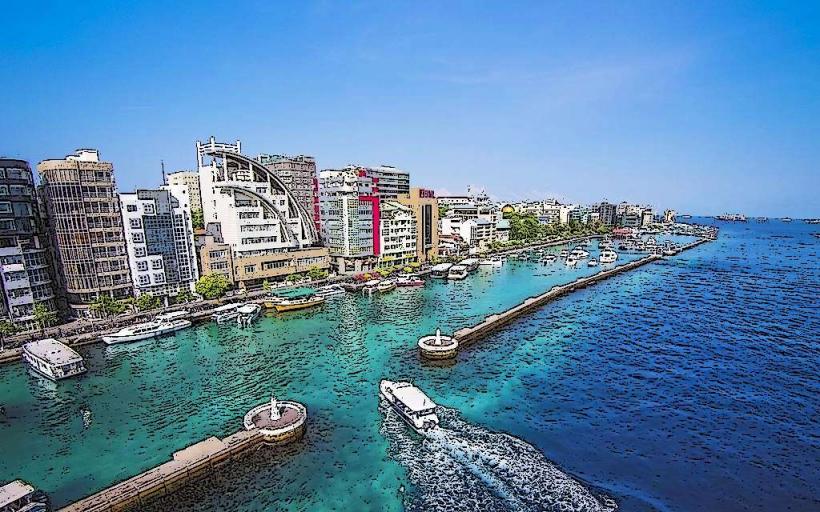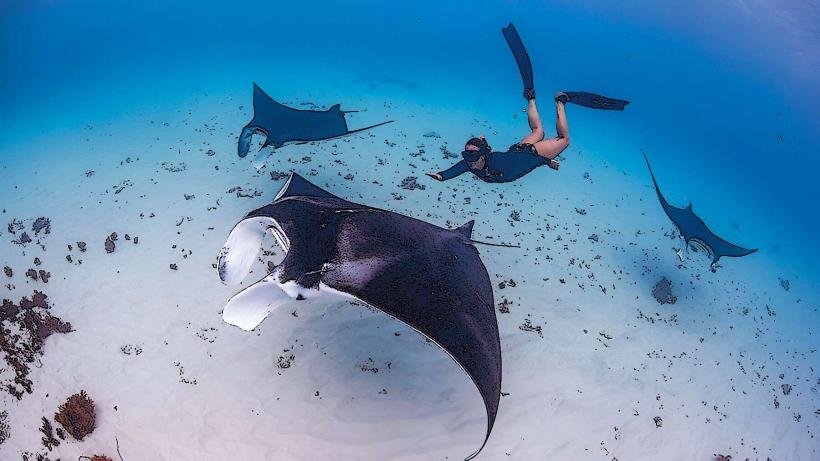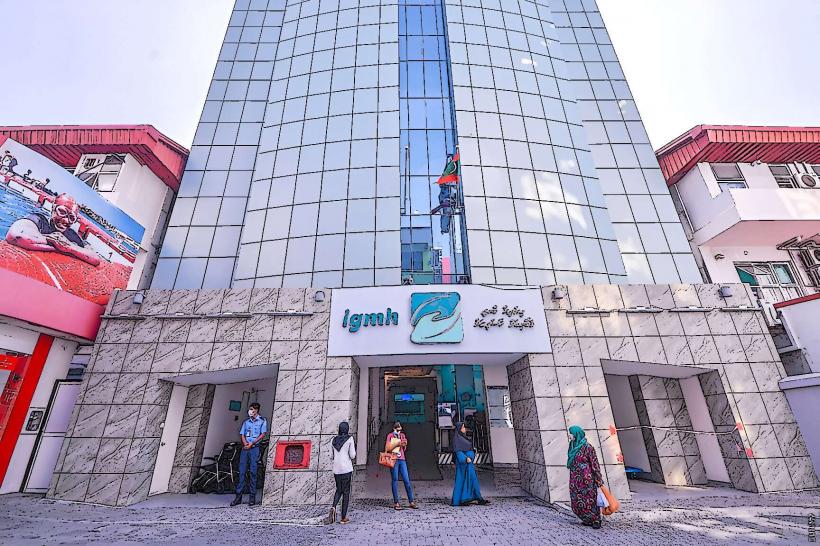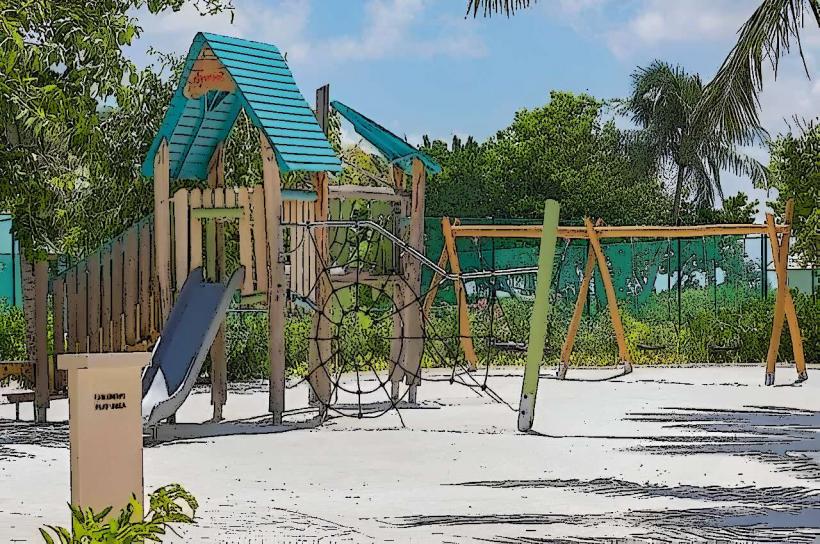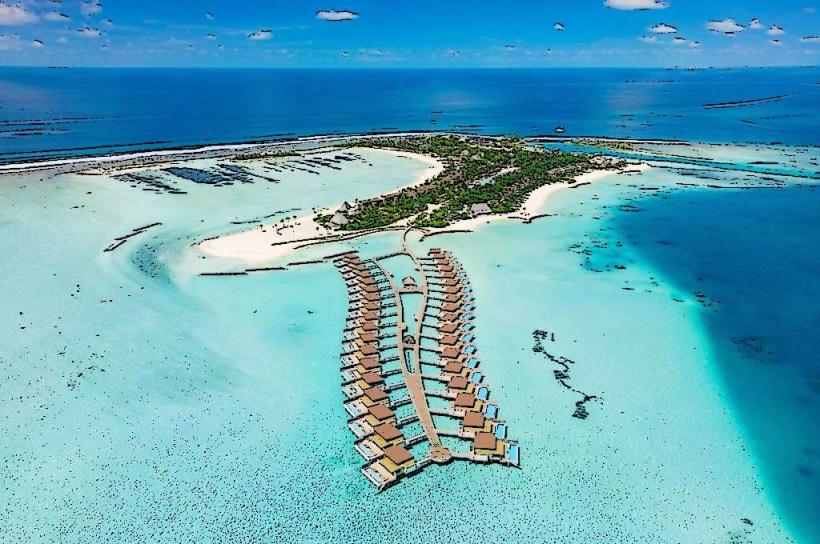Information
Landmark: Laccadive IslandsCity: Male
Country: Maldives
Continent: Asia
The Laccadive Islands, also known as the Lakshadweep Islands, are a group of islands located in the Arabian Sea off the southwestern coast of India. They are a union territory of India, consisting of 36 islands scattered over an area of approximately 30,000 square miles (78,000 km²), although only about 10 of these islands are inhabited. The Laccadive Islands are known for their stunning natural beauty, unique culture, and rich marine life. Here’s a detailed overview of the Laccadive Islands:
1. Geographical Overview:
- The Laccadive Islands are located around 200 to 400 kilometers off the western coast of India. They are positioned to the northwest of the Maldives and are geographically part of the same region, though they belong to India.
- The islands are spread across a vast area, but the actual landmass of the islands is relatively small, totaling about 30 square kilometers of land. The islands are distributed across a series of atolls, reefs, and sandbars, and they are known for their coral reefs and clear blue waters.
- The islands are part of a coral atoll system, meaning that many of the islands are ringed by coral reefs and lagoons.
2. Island Groups:
- The Laccadive Islands consist of 36 islands grouped into 12 atolls. These atolls are:
- Amindivi Atoll
- Androth Atoll
- Amini Atoll
- Bitra Atoll
- Kalapeni Atoll
- Kavaratti Atoll
- Minicoy Atoll
- Suheli Atoll
- Cheriyam Atoll
- Lakshadweep Atoll
- Kiltan Atoll
- Maliku Atoll
3. History and Culture:
- The Laccadive Islands have a rich and diverse cultural history, influenced by various waves of migration, including Indian, Arab, and European interactions.
- Islam is the predominant religion on the islands, and it has shaped the local culture, language, and traditions. Mappila Muslims are the primary ethnic group in the region, and their language is a mix of Malayalam (the main language of Kerala) and Arabic.
- The islands have traditionally been known for fishing, especially tuna fishing, which remains a key part of the local economy. Coir (coconut husk fiber) products and handicrafts also play a role in the region's economy.
4. Major Islands:
- Kavaratti Island: The administrative capital of Lakshadweep, Kavaratti is one of the most developed and populous islands. It features beaches, coral reefs, and historical mosques.
- Minicoy Island: The southernmost island of the Laccadive group, Minicoy is known for its distinct cultural traditions, including a unique form of dance called Laccadive dance. It also has a large lighthouse built in the 19th century.
- Agatti Island: Known for its white sandy beaches, Agatti is a popular tourist destination and features some of the most scenic coral reefs. It is also one of the few islands with an airport, making it more accessible for tourists.
- Androth Island: Known for its natural beauty, Androth is one of the larger islands in the group and is home to several historic mosques.
5. Marine Life and Biodiversity:
- The Laccadive Islands are surrounded by rich marine ecosystems, making them an attractive destination for diving, snorkeling, and fishing. The islands boast an extensive variety of marine species, including tropical fish, coral species, manta rays, sea turtles, and various species of sharks.
- The coral reefs of the Laccadive Islands are part of the coral triangle, a globally recognized region of high marine biodiversity.
- Due to their remote location and the delicate marine environments surrounding them, many of the islands are subject to environmental protection measures. Marine conservation is a priority for both the Indian government and local communities.
6. Economy:
- The economy of the Laccadive Islands is largely based on fishing, particularly tuna and sea cucumber, as well as coconut cultivation. The islands also produce coir products and other handicrafts.
- Tourism is becoming an increasingly important industry in the region. The stunning beaches, clear waters, and abundant marine life attract visitors, especially those interested in water sports, scuba diving, and eco-tourism. Many of the islands have resorts and guesthouses catering to tourists.
- The government provides support for infrastructure development, including airports, ports, and communications, to improve access and promote tourism.
7. Climate:
- The Laccadive Islands have a tropical climate, characterized by hot and humid weather throughout the year. The islands experience two major seasons: the wet monsoon season (from June to September) and the dry season (from October to May).
- The average temperature ranges between 24°C to 32°C (75°F to 90°F) year-round, and the region is subject to the effects of the Southwest Monsoon. Rainfall is heavy during the monsoon season, and the islands are vulnerable to the impacts of climate change, including rising sea levels and coral bleaching.
8. Tourism and Attractions:
- The Laccadive Islands are known for their pristine beaches, crystal-clear waters, and abundant marine life. Key tourist activities include:
- Scuba diving and snorkeling to explore the coral reefs and marine biodiversity.
- Water sports, such as kayaking, windsurfing, and jet skiing.
- Island hopping to explore different parts of the atoll system.
- Cultural exploration, including visits to traditional mosques, local villages, and historical sites.
- The Laccadive Islands are more accessible now than ever before, especially to domestic tourists, thanks to improved transport infrastructure and flight connectivity to Agatti Island.
9. Environmental Challenges:
- The Laccadive Islands, like many low-lying islands, are increasingly at risk from the effects of climate change. Rising sea levels, coastal erosion, and the degradation of coral reefs are significant concerns for the islands' future.
- The region is also susceptible to overfishing and the environmental impacts of tourism, though there are concerted efforts by the Indian government and local authorities to implement sustainable practices and conservation measures.
10. Conclusion:
The Laccadive Islands are a stunningly beautiful and ecologically rich region of India, offering a unique blend of natural beauty, cultural diversity, and modern developments. While they face challenges such as climate change and the pressures of increasing tourism, the islands remain an important part of India’s natural heritage and continue to attract visitors with their pristine landscapes, rich marine life, and vibrant local culture. The region’s natural resources, particularly its coral reefs, continue to be a major draw for divers and nature lovers from around the world.

